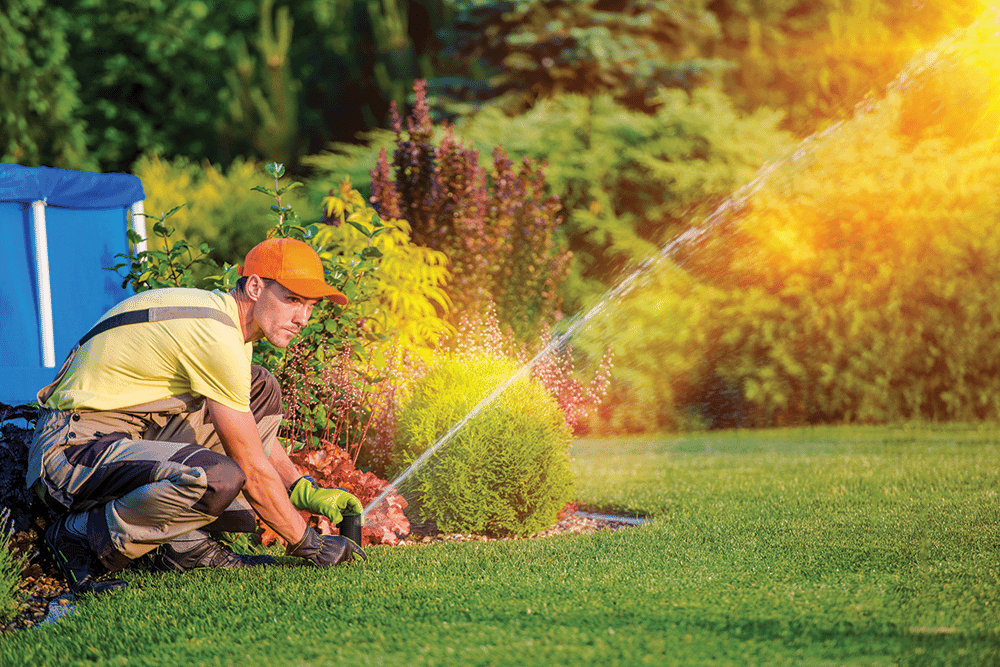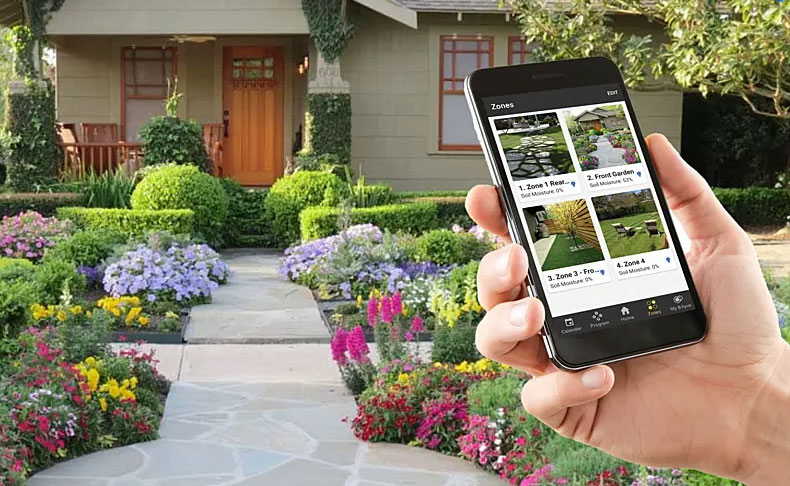As we approach winter, it’s time to think about winterizing the irrigation system for the months ahead with a few simple steps. In freezing areas improperly winterized systems can lead to costly damage such as pipe bursts or component failures. In other areas as the weather cools people may use their systems less. Below we’ve provided a series of steps on how to efficiently prepare your irrigation system for winter.

System Assessment
First things first, Take a proper look.:
- Check if there are any existing issues like leaks or breaks in the lines. Any repairs need to be done before winterizing.
- Inspect valves, backflow preventers, and sprinkler heads for any malfunction.
- Now is also a great time to trim broken and dead branches, remove leaves, and any other debris from around Irrigation Controllers, valves and valve boxes, and sprinklers.
Freezing climates
Shutting off the Water Supply
Not all areas will turn off the water supply during the winter. Warmer areas along the gulf coast may only reduce their watering to once a week, or two. If you are shutting off your water, follow the steps below.
- Make sure to close the main water supply to the irrigation system.
- If you have a filter installed, turn off the water entering and exiting the filter. Then open the drain valve.
Drain the System
Now it’s time to drain the water. In freezing climates this is essential to prevent damage to the pipes or valves.
- Methods include manual drain, automatic drain, or blow-out. The most suitable method depends on the type of system installed.
- Each method ensures that no water is left inside the pipes to freeze and cause damage.
- If your sprinklers have check valves, you’ll need to drain the water from them. Check valves hold water in the sprinkler body for a faster pop, or to prevent excess drainage after a watering event.
Insulating Above-Ground Components
Protection isn’t only needed underground:
- Components like backflow preventers and valves are vulnerable because they are usually located above ground.
- Insulating these components with insulation tape or foam insulation tubes can prevent them from freezing.
Non-Freezing Climates
Semi-Annual Repair time
Walk the system.
- Activate the valves and watch the sprinklers for clogs, leaks, and misalignments.
- Ensure the sprinklers emerge and retract without any problems.
- Look for changes in the landscape that affect how the sprinklers operate. Bushes and trees may need to be trimmed. The flower beds may have grown and need a taller sprinkler.
- You may want to recommend a redesign of the irrigation system now that the temperatures are cooler.

System Control Settings
Lastly let’s not forget system controls:
- Freezing climates should disable or turn the controller off.
- Non-freezing climates should reduce watering. Contact your local water provider for a recommended watering schedule or use a controller powered by B-hyve to have the schedule automatically adjusted.
Winterizing an irrigation system can save your clients significant time and money in the spring when they are eager to get their landscapes back in order. Protect your client’s investment by providing this valuable winterization service.
